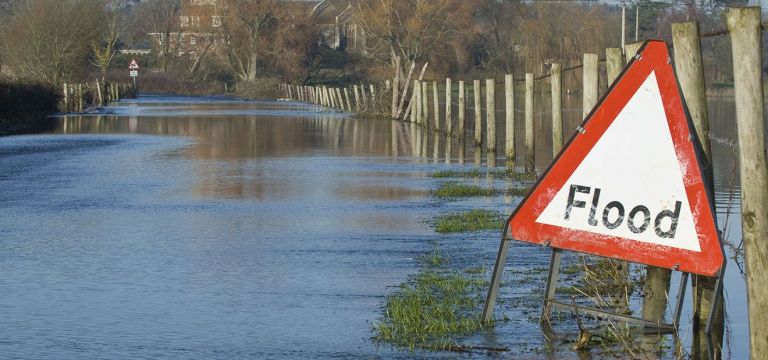For decades, the term “100-year flooding event” has been used to describe catastrophic floods that are statistically expected to occur, on average, once per century. However, this terminology is increasingly misleading in today’s world of climate change, urbanization, and shifting weather patterns. What was once considered an event with a 1% chance of happening in any given year is now occurring far more often, rendering the description outdated and even misleading in flood risk planning and communication.
The Misconception of the “100-Year Flood”
These days, most people don’t assume that a “100-year flood” means they are safe from another major flood for a century after experiencing the last flood. The term refers to a flood that has a 1% probability of occurring in any given year—not a guarantee that such an event will only happen once every 100 years. In fact, in a 30-year period (the typical length of a mortgage), there is roughly a 26% chance of experiencing at least one such flood, a much higher risk than many realize. The chance of flooding is also increasing every year, as climate change brings conditions that allow more intense and frequent rainfall events occur. It’s much more like an annual lottery than a waiting game.
Origins of the “100-year flood” metric
Over 50 years ago, the U.S. Geological Survey & Hydrologic Studies came up with the concept as part of a hydrologic frequency analysis, where historical flood data was used to estimate the probability of future flood occurrences.
In 1968, the U.S. government established the National Flood Insurance Program (NFIP) and adopted the 100-year floodplain as a regulatory tool, defining areas with a 1% annual chance of severe river flooding. This designation helped set flood insurance requirements and building codes in flood-prone areas.
The Mathematical Basis rests on probability statistics, not a fixed recurrence interval. Using historical data, 100-year flood means there was a 1 in 100 (or 1%) chance of a flood of that magnitude occurring in any given year.
Climate Change is Increasing the Frequency of Flooding
Climate change is causing more frequent and intense storms, leading to higher rainfall levels delivered in shorter periods and extreme weather conditions. Warmer temperatures increase the atmosphere’s ability to hold moisture, resulting in heavier precipitation and a higher likelihood of flooding. Areas that previously experienced a “100-year flood” once in a lifetime are now seeing them happen every decade or even more frequently. This shift makes the term not only misleading but also detrimental to helping communities prepare for future risks.
Urbanization is Making Flooding Worse
As cities expand, natural landscapes that once absorbed rainfall—such as forests and wetlands—are being replaced with concrete and asphalt, which do not absorb water effectively. This increases overall runoff volume, increasing peak flows and leads to higher flood levels even with moderate rainfall. The outdated “100-year flood” concept does not account for these rapid changes in urban hydrology, making it an unreliable measure for modern flood risk.
A Need for More Accurate Flood Risk Communication and Better Tools
Because the term “100-year flood” was so commonly misunderstood, it has led to some complacency among businesses, policymakers and homeowners. Inadequate flood insurance or flood mitigation measures have been attributed to the belief that a severe flood was unlikely within a normal lifetime. A more effective approach would be to communicate flood risk using real-world probabilities over shorter time frames. For example, instead of saying “100-year flood,” it would be clearer to state the probability of experiencing a major flood over the next 5, 10 or 30 years.”

Moving Toward Dynamic, Data-Driven Flood Risk Models
Given the unpredictability of weather patterns, the future of flood risk assessment must rely on dynamic, physically-accurate data, rather than future statistical projections based on outdated historical averages. Advances in modeling, AI-driven flood predictions, and localized risk assessments provide more accurate and actionable insights for asset owners, communities and policymakers.
Accurate flood risk data is essential to the commercial real estate industry, where climate risk-based pricing policies impact asset management decisions, valuations and insurance costs. In the past, cost barriers may have prevented CRE from acquiring the knowledge they need to begin their flood resilience and adaptation journey. Today, using NOAH’s Flood Risk Scorecards, CRE can access physically-accurate flood risk data for as little as $500, a fraction of the cost of relying on the hope that the “100-year flood” event that occurred last year won’t happen again soon.